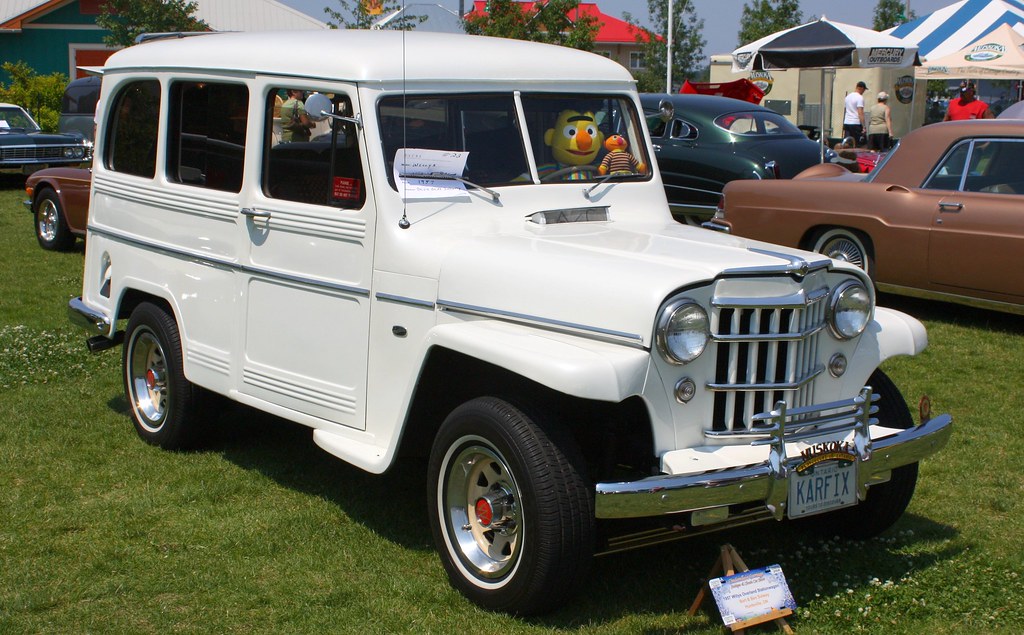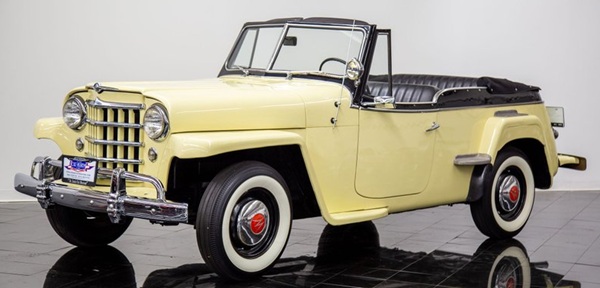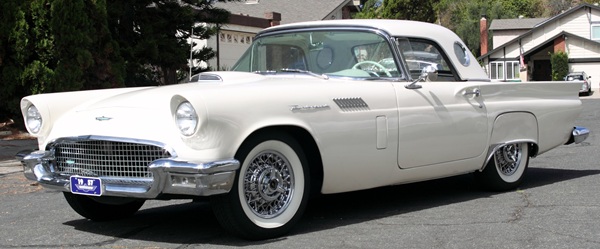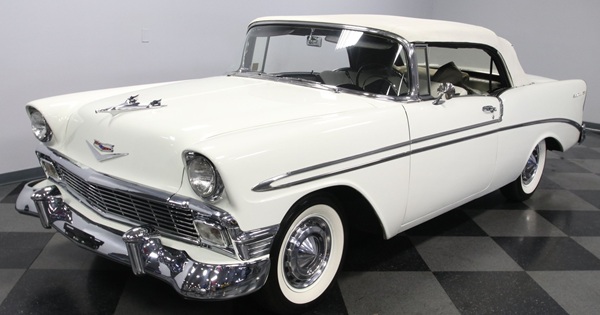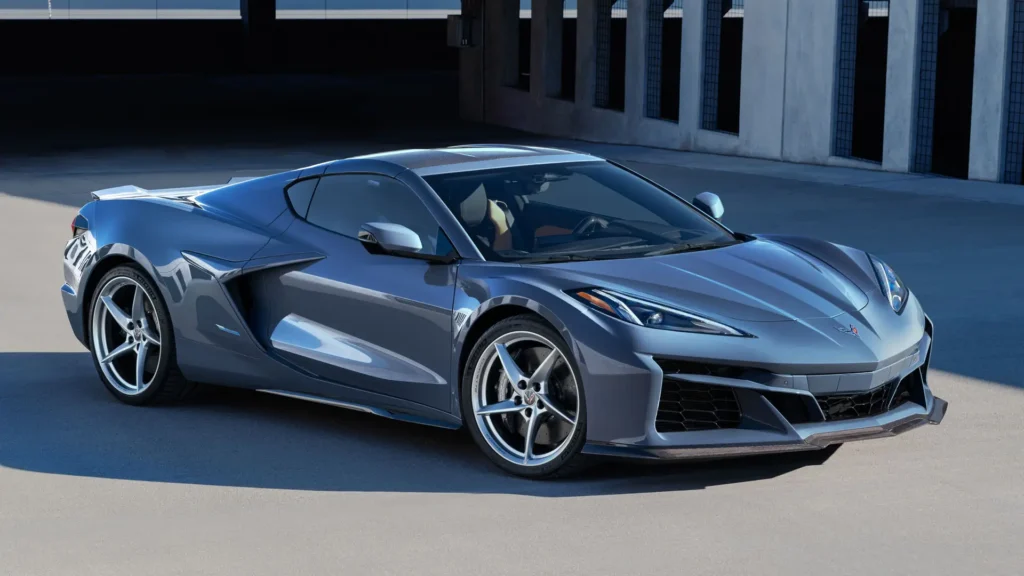This article got me thinking. A short excerpt:
When that computer-equipped vehicle begins to run badly or not run at all, a diagnostic check is in store, by plugging an electrical device into the receiver under the dash, and it produces a code. That code number correlates with a symptom, such as 02 bank sensor, or cam positioning sensor, or ignition module, or sometimes vague terms that confound the most experienced mechanics.
The fix begins by purchasing the parts and installing them to determine if that fixes the problem. If not, more guessing, parts, and labor, only to have that problem or another reappear again a few days or a week later. Dealerships run their mechanics out at about $200 per hour, and the independent mechanics are not far behind. The auto makers have figured out that if it is made complicated enough, and if expensive software and computers are necessary to diagnose the problems, the customer has to return to a “Factory Authorized Dealer” to correct the problem. Not to mention some specialized tools necessary to access the problem.
If the vehicle is over ten years old, chances are, it will not be repaired, and it goes to the scrap yard to be crushed, and the low-income people are faced with the dilemma of how to get to work and transport the family.
Why has this happened?
All of this electronic stuff in cars has been done in the name of global warming and saving the planet — while ignoring a large portion of the average and lower-income population. We are a sophisticated society here, but we must do better.
As with almost all legislation nowadays, laws have been proposed by, passed by, and supported by people and organizations who are basically inured to the consequences thereof.
There is of course a solution, and it’s one near and dear to my heart.
It may be time to allow the auto industry EPA laws to lie fallow for a year every five years* and produce vehicles that are as easy to repair as my 1956 Chevrolet, without the computers or electric windows or door locks. Let’s produce vehicles with a simple heater and an air-conditioner, with inexpensive freon and an AM/FM radio. Produce these vehicles with four- and six-cylinder engines without fuel injection. The vehicle should sell for less than $10,000 and should last twenty years if not more. Teach auto shop in the high schools, and the family can learn to fix their own cars with inexpensive parts.
*Not every five years; forever. And not just EPA laws and regs; the stupidly-excessive safety ones too.
Here’s what I want for myself. A 1.6-, 2- or 2.5-liter internal combustion engine producing about 100-125hp in a smallish, light-framed car. If I still had a family of kids, then a 3.0-liter engine producing about 175- to 200hp in a passenger car or smallish SUV. If I wanted a small truck for routine household jobs (carrying fertilizer, sod, boards or planks for example), then a 2.5-liter engine producing 150hp, and if I needed a larger truck for serious work, a 4- to 4.7-liter engine generating 300hp. (For the latter two groups, sufficient torque to tow a boat or small trailer.) If I wanted something sporty, then go back to the first two groups of vehicle above and boost the power in a smaller (e.g. two-seater) car.
Here’s the commonality between all these vehicles: no computer chips, no “engine management systems” or anything like that. Forget those crappy little touchscreens while we’re there. The electrical system needs to power the instruments, the lights, the windshield wipers… and that’s it. Forget fuel injection, remote starting, power windows, power truck latches or power anything that is not directly related to the car’s primary function. If you want to have GPS or any kind of emergency capability, use your damn smart phone. If you can’t live without all those electronic conveniences, then by all means buy a “modern” car, SUV or truck with all those geegaws — but be prepared to pay a super-premium price (which one could argue is already in place, when a new-model Ford Bronco [!!!!!] can cost over a hundred grand).
I know I’m going to face one of those reductio ad absurdam arguments: “You basically want us to all drive Trabants or Yugos!” which is arrant nonsense. Modern manufacturing techniques and metals have come a long way, and there’s no reason why “inexpensive” should mean “shoddy” anymore.
Here’s an interesting fact. Do you know which groups of cars are seeing the greatest price increases? Rebuilt and/or resto-modded cars from the 1960s and -70s that predate the electronic era. And I’m not just talking exotic sports cars, either. I recently saw for sale a restored 1965 Mercedes 230 SL (W113) for nearly two hundred thousand dollars, and it was gone within a week. But that’s a sports car. A 1964 Mercedes 220 SE is asking $68,000. (My Dad had one of these back then, and he sold it with over 150,000 miles on the clock — and the next owner added another 100,000 or so before selling it, still in perfect running condition.)
It’s a little more difficult with U.S.-made cars of that era, because most have been Dream Machined and muscle-carred into the stratosphere. Even a reconditioned-to-original-spec Chevy C20 or K5 model truck will run you about $90,000 (which is insane).
Look none of this is easy. Life nowadays seems to be horrifyingly complicated and over-technical (battery-operated electric toothbrushes? FFS), and I know that what I’m asking for is probably too much.
But I’m allowed to dream; and I dream of a simple mechanical vehicle that even I — the most un-mechanically-minded man in the Western world — could fix with a simple instruction manual. (And really, that manual does not have to warn me not to drink the battery water; I already know that.)
I once helped a buddy fix his Mini-Cooper’s suspension, with nothing more than a few basic tools and a good repair manual, I replaced my Fiat’s exhaust pipe all by myself — and I once worked with a couple of guys to replace a universal joint on an old Land Rover, with no repair manual — so I’m not completely helpless. Would I want to do the repairs on one of my dream cars? Hell, no. But if push came to shove, I’d like to know that I could.
And of the car cost less than $10,000 as mentioned in the article above, that would leave a lot of money to pay repair bills, you betcha.
Here are a few examples of what I’m talking about; just picture them with more modern shells, better electrical systems (e.g. no Lucas) and modern rustproofing, and you’ll get the idea.
1967 BMW 1600
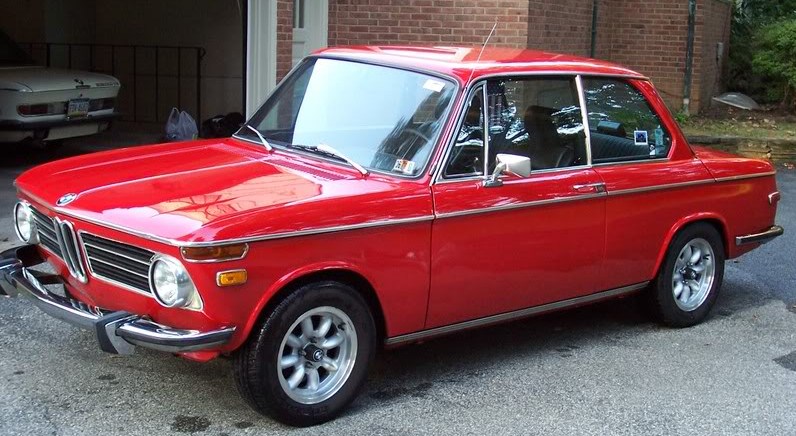
1974 Datsun 620 pickup

Peugeot 504 Ti
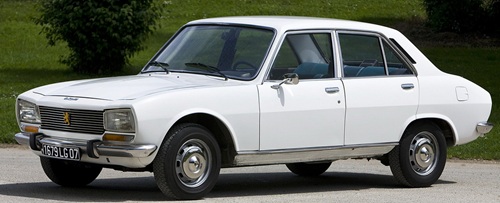
1975 Mazda B1600 pickup
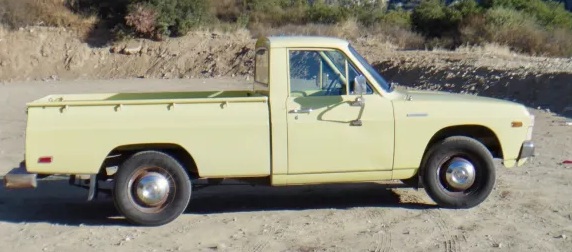
And one more:
1976 Mercedes 300 D wagon
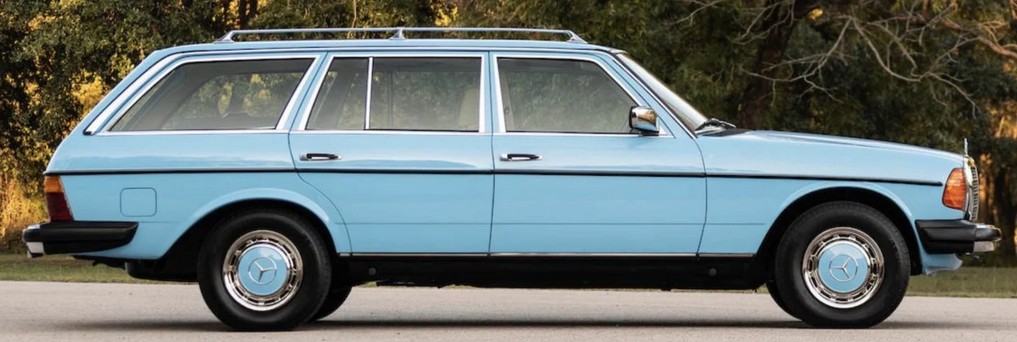
…and even that’s starting to get too complex — but it would last forever, as many did.
Feel free to suggest alternatives, or argue with my basic thesis, of course.


